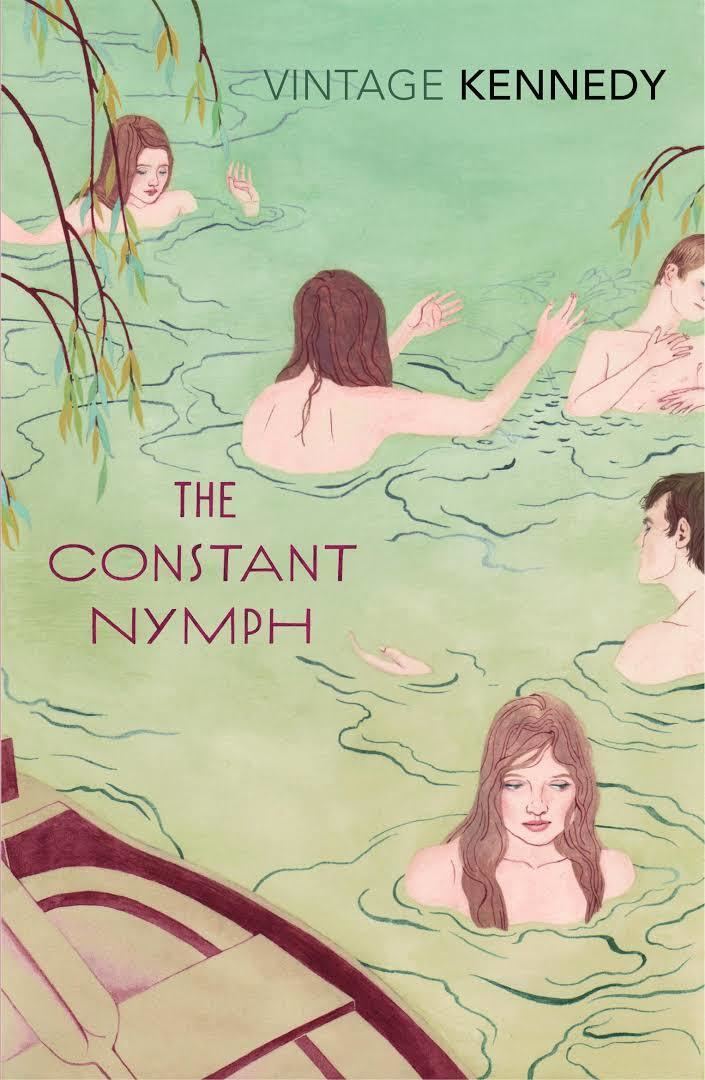7.4 /10 1 Votes7.4
Language English Pages 344 pp Publisher Heinemann Country United Kingdom | 3.7/5 Goodreads Publication date 1924 Originally published 1924 Adaptations The Constant Nymph (1938) | |||||||||||||||||||||||||||||||||
 | ||||||||||||||||||||||||||||||||||
Media type Print (Hardback & Paperback) Similar Works by Margaret Kennedy, Novels, Classical Studies books | ||||||||||||||||||||||||||||||||||
The Constant Nymph is a 1924 novel by Margaret Kennedy. It tells how a teenage girl falls in love with a family friend, who eventually marries her cousin. The two girls show mutual jealousy over their common love for the man.
The novel was a best-seller after it was first published, becoming the first novel of a genre that might be called "Bohemian". A significant part of its success was due to its (for the time) shocking sexual content, describing, as it does, scenes of adolescent sexuality and noble savagery in the Austrian Tyrol.
Adaptations
Margaret Kennedy and Basil Dean adapted The Constant Nymph for a three-act play that was published by Doubleday, Page and Company (Garden City, N.Y.) in 1926. A different, second edition of the play was published by William Heinemann (London) in 1926. The play was performed on the London stage in 1926 and featured Noël Coward and Edna Best.
The novel was first adapted as a 1928 silent film in 1928 by Adrian Brunel and Alma Reville and directed by Brunel and Basil Dean. This version starred Ivor Novello, Mabel Poulton, and Benita Hume.
It was adapted again in 1933 by Dorothy Farnum and directed by Dean. It featured Victoria Hopper, Brian Aherne, and Leonora Corbett.
A third adaptation in 1943 featured Charles Boyer, Joan Fontaine, and Alexis Smith. It was adapted by Kathryn Scola and directed by Edmund Goulding.
There is a complimentary allusion to the novel in the 1934 detective story The Nine Tailors by Dorothy L. Sayers. Fifteen-year-old Hilary is explaining to her father that she will write novels for a living: "Best sellers. The sort that everybody goes potty over. Not just bosh ones, but like The Constant Nymph." Sayers also includes a positive mention in her 1930 epistolary novel, The Documents in the Case, where John Munting and Elizabeth Drake agree on the novel's high quality.
